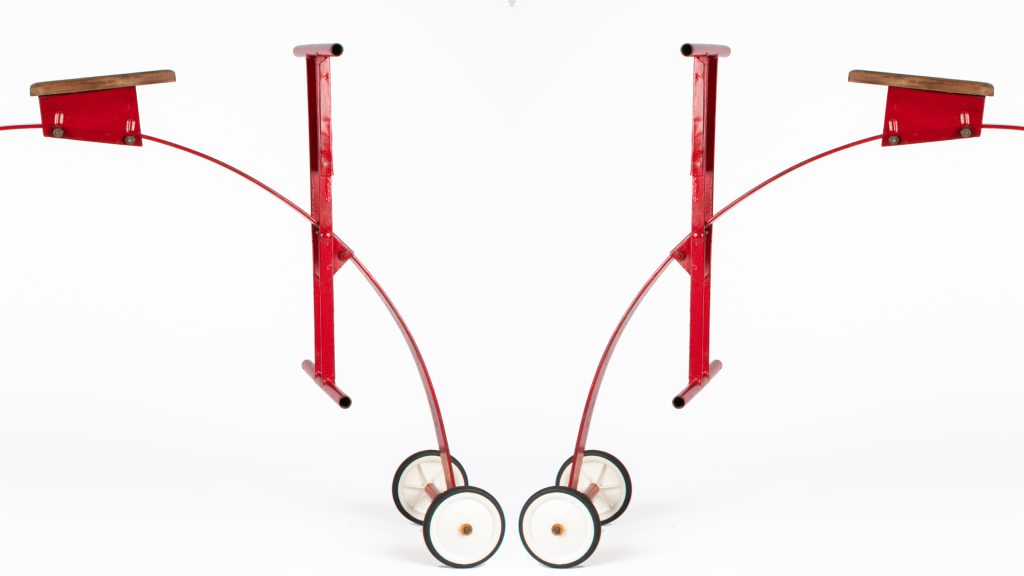
Do you remember the excitement of a new toy? Australia in the 1960s was another world. In an era which was marked by the excitement of technological innovation, particularly the ‘Space Race’ mission to land on the moon, innovation was the key to childhood joy. The streets of Australia’s small towns rang out with children’s […]
Read More…
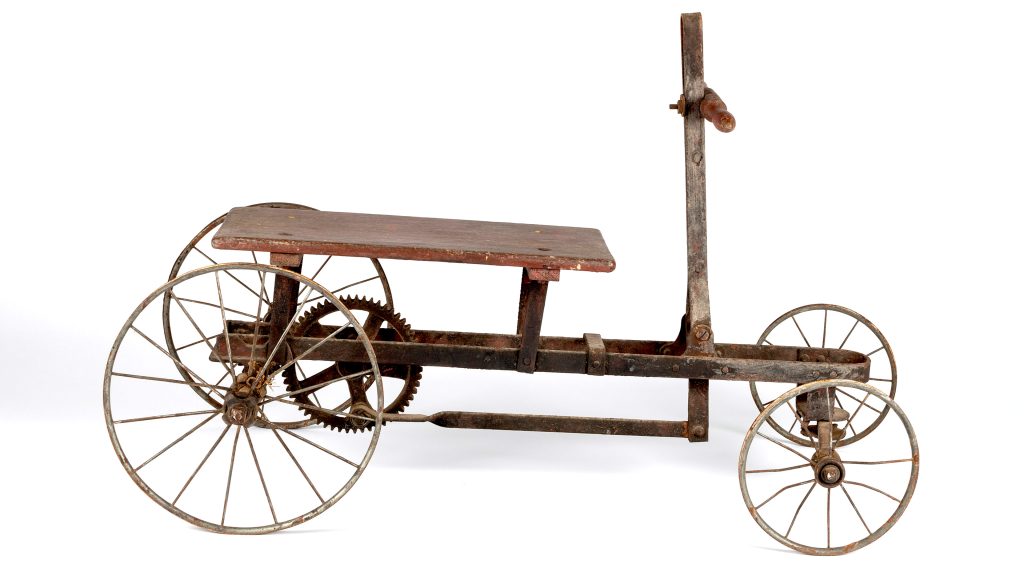
According to the manufacturer, the ‘Irish Mail’ cart was the only form of outdoor exercise that kept children in robust health: ‘Their bright eyes, rosy cheeks and well-developed little bodies will be your best reward.’ First manufactured in 1906 by the Hill Standard Manufacturing Company from Indiana, USA, the Irish Mail cart became a wildly […]
Read More…
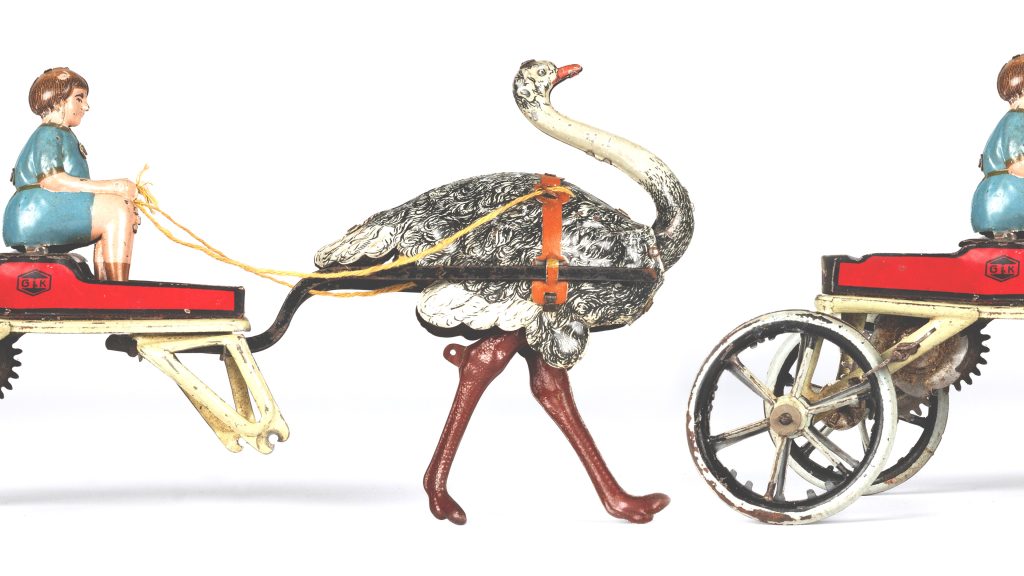
In the late 1800s, wind-up toys emerged in Europe and captivated young hearts across the continent. This phenomenon began with simple designs, but soon evolved into the production of intricate and enchanting toys which could move seemingly of their own accord. The whir of mechanised hands and feet, the clatter of tin wheels on wooden […]
Read More…
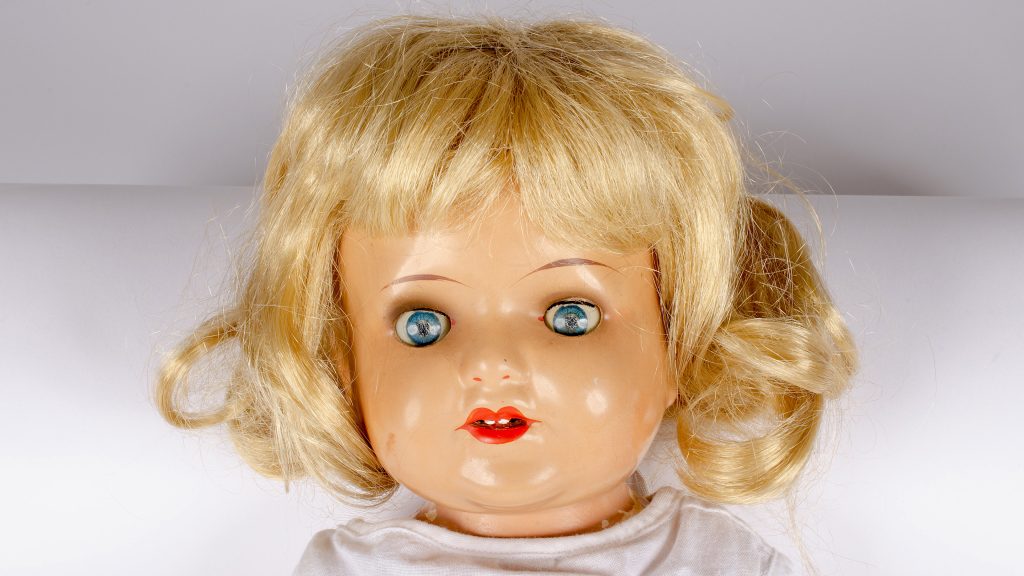
In the 1920s, the children’s doll market was booming. The recent development of celluloid had changed everything – instead of relying on delicate and expensive porcelain, celluloid was tough, easily moulded, affordable, and high quality. During this time, the German and Japanese doll industries were particularly active, and many dolls and parts were imported to […]
Read More…
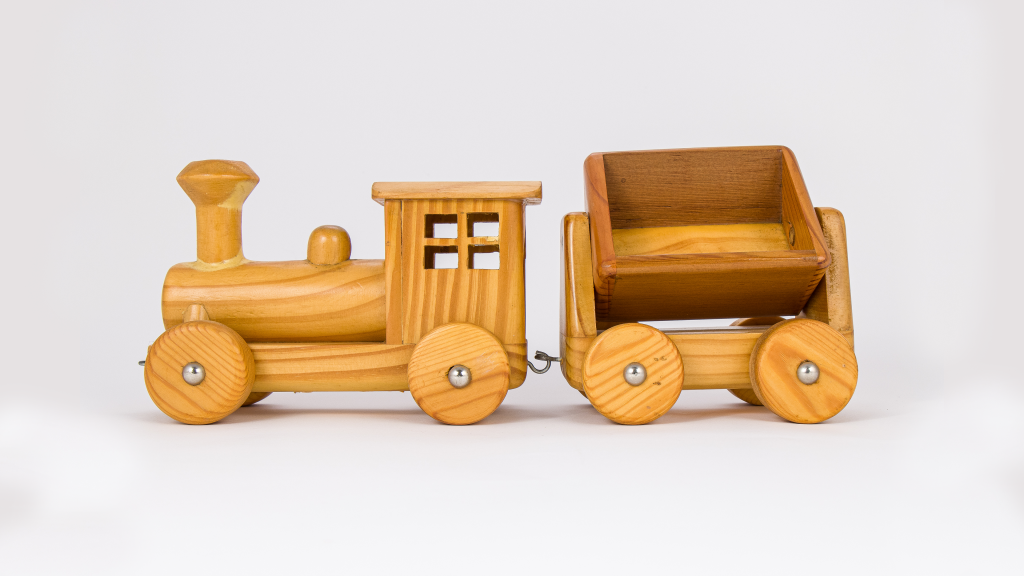
The recorded histories of institutions such as Morisset Hospital are rarely given by its patients. Through the 1900s, the hospital, once known as an insane asylum or mental hospital, cared for people with a variety of needs: disability, alcohol addiction, mental illness, those experiencing the late-stage impacts of sexually-transmitted diseases, and criminals considered unsuitable for prison. […]
Read More…
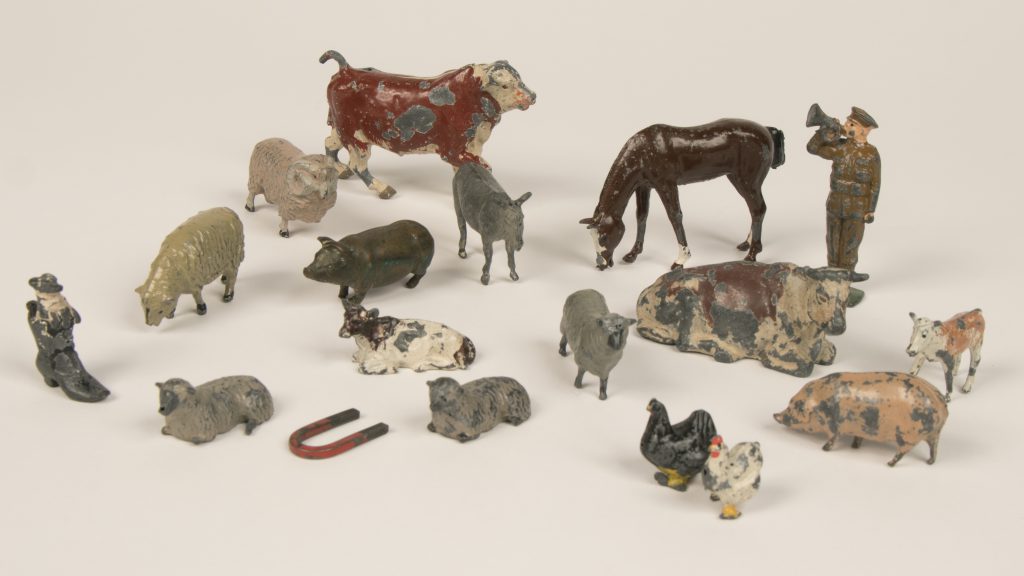
On 12 February 1938 the SS Orama left London for Australia and among its passengers were twenty-eight child migrants. Edwin Lambert, one of these children, boarded the ship clutching a suitcase that held his clothes, a science book and these small toys. As the ship eased away from the wharf Edwin waved goodbye to his […]
Read More…







